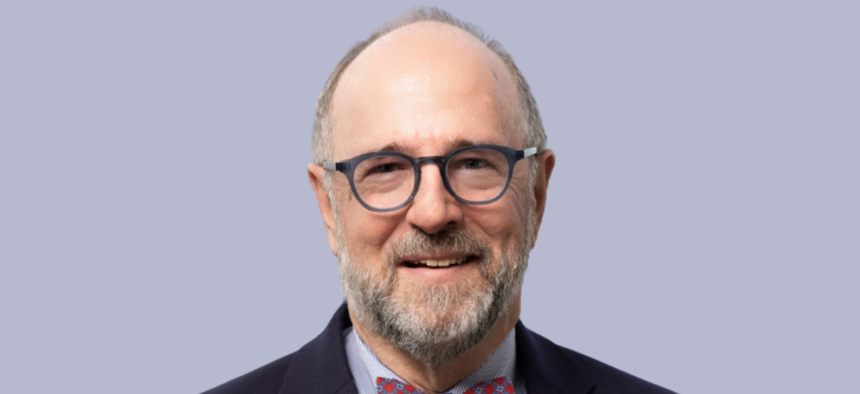sponsor content What's this?
Sponsored Content
A Q&A with David Bronston
Special Counsel and Telecommunications Industry Team Leader, Phillips Lytle LLP

David Bronston, Phillips Lytle LLP Telecommunications Team Leader KC Kratt Photograph
What impact can high-speed internet access have?
A “ginormous” impact. Select any subject. Education? High-speed internet will close the “homework gap” cited by FCC Commissioner Rosenworcel between students offline and students online. Healthcare? During the pandemic, I personally was able to have an appointment on my iPad to get a Paxlovid prescription. And currently, my smartphone monitors my pacemaker. So just the telemedicine implications for seniors and retirees with home monitoring and limited travel for regular and emergency care visits are vast. Economic development? Just Google the subject and see the results. For example, per the Brookings Institution, “the World Bank estimates that a 10 percentage point increase in broadband penetration can lead to a 1.2% jump in real per capita GDP growth in developed economies.” Similar increases are cited in Organization for Economic Co-operation and Development (OECD) countries.
What role are you playing in expanding internet access?
The Phillips Lytle Digital Infrastructure Team is working with broadband service providers across the country to provide the 5G macro and small cell antennas, the fiber optic cables and the traditional and “edge” data centers needed to access broadband everywhere. Whether the equipment needs to go on a farm in the Midwest, a light pole in New York City, on the roof or inside a Class A office building in Miami, Chicago or Washington D.C., we obtain the permits, agreements and rights-of-way to push those projects through to installation and full operation. We’re very proud to say that of the roughly 30 New York City Office of Technology and Innovation (formerly the Department of Information, Technology and Telecommunications) franchises listed on New York City’s website, we’ve had a hand in over half of them.
How well is New York doing in closing the digital divide?
Thanks to attention paid by service providers and subsidies previously underwritten by the government, New York has a relatively low number of underserved and unserved areas. The ConnectAll office will have $600,000,000 to not only finish the job, but also to help serve community anchor institutions and address affordability and broadband adoption issues that have created a digital divide in our disadvantaged urban areas. I know the ConnectAll office is hard at work devising a plan to allocate those Broadband Equity Access and Deployment (BEAD) funds. They are very accessible and have done great outreach to stakeholders.
What’s one broadband policy, either in place or proposed, that can move New York forward?
The BEAD program has been compared often to Franklin D. Roosevelt’s program to electrify the entire country in the 1930s. However, it really wasn’t that hard to teach people how to use the new “technology” of electricity (i.e., how to plug in a refrigerator or turn on a light switch). Today, learning how to use broadband comfortably, safely and securely across generations and demographics and income levels is a much bigger challenge. So I think the BEAD money that will go to adoption programs will be key.

NEXT STORY: A Q&A with Jeff Garte
